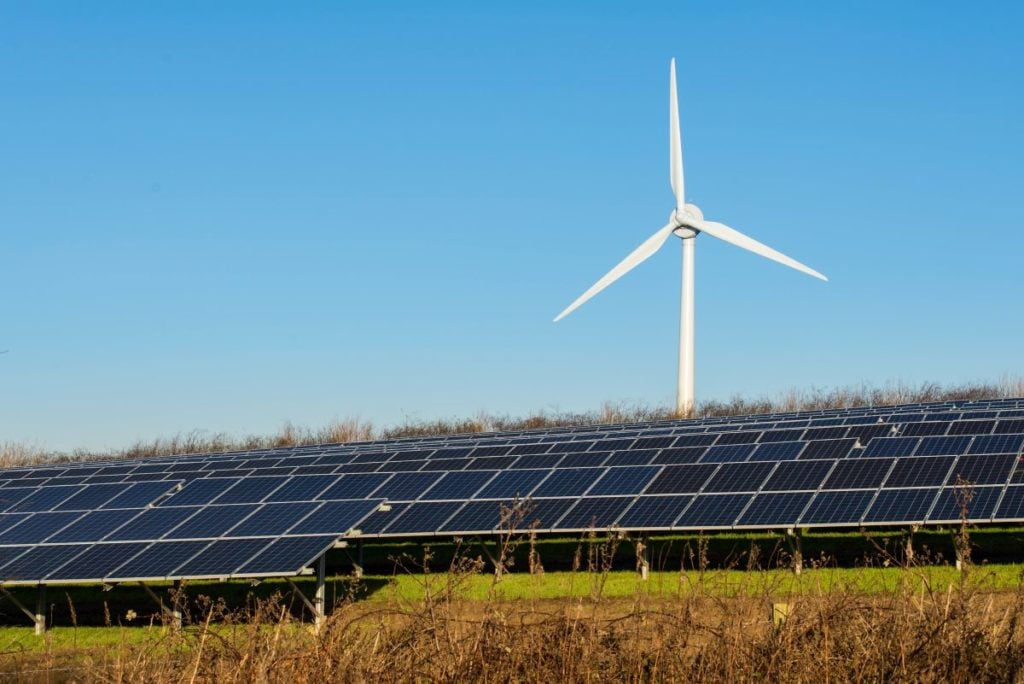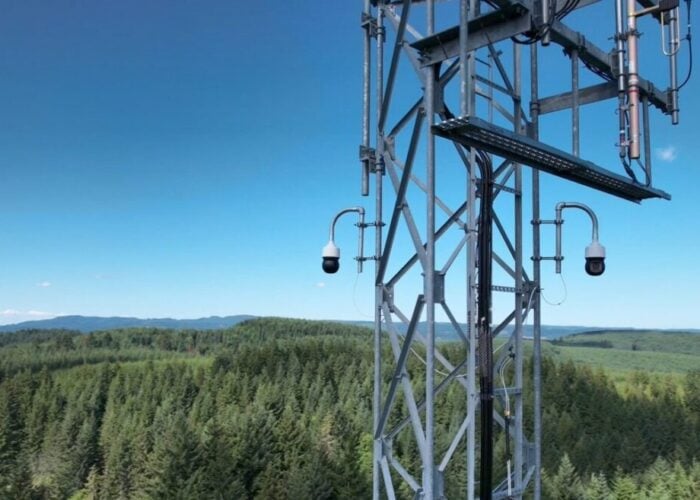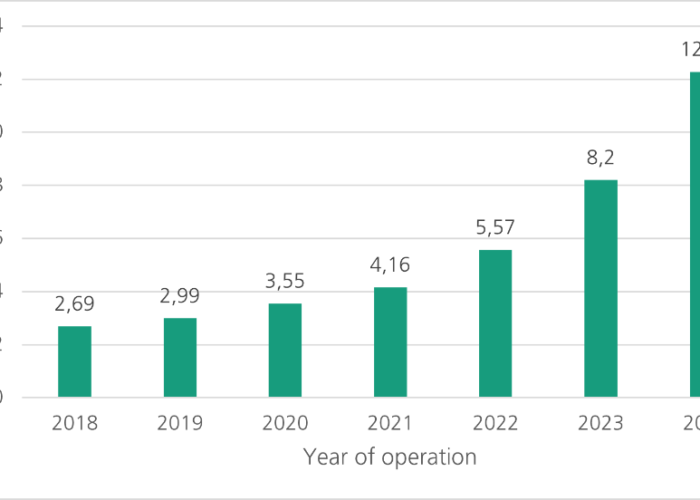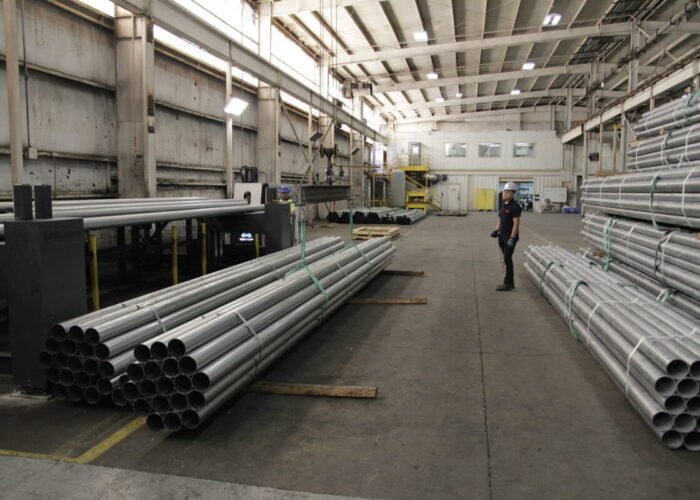
Analyst Wood Mackenzie has forecast that solar PV and wind installations in the US will be 100GW lower than expected between 2025 and 2030 with the removal of Inflation Reduction Act (IRA) incentives.
During that time period solar PV and wind will only grow about 25%, compared to the 55% growth forecast under the IRA framework, said WoodMac.
Try Premium for just $1
- Full premium access for the first month at only $1
- Converts to an annual rate after 30 days unless cancelled
- Cancel anytime during the trial period
Premium Benefits
- Expert industry analysis and interviews
- Digital access to PV Tech Power journal
- Exclusive event discounts
Or get the full Premium subscription right away
Or continue reading this article for free
Solar PV will see a surge of installations this year and in 2026. This is because of the reconciliation bill passed earlier this month, which states that solar PV and wind projects will need to begin construction within 12 months of the bill’s enactment in order to retain its “commence construction” date as a safe harbour to receive investment tax credits and production tax credits.
This would allow projects to maintain eligibility until the 2030s, while projects beginning construction after 4 July 2026 will need to be commissioned by the end of 2027 in order to get access to the incentives. However, whether even these terms will be available to developers remains to be seen as US president Donald Trump signed an executive order days later seeking to limit access to solar deployment subsidies, which would target solar PV and wind projects that begin construction within that 12-month period.
Not only will solar PV and wind projects need to start construction in the coming months in order to receive the tax incentives, but they will also be impacted by the foreign entities of concern (FEOC) requirement. This will limit access to equipment from prohibited foreign entities such as Chinese-backed manufacturers, explained WoodMac. This will come into play for projects that begin construction starting from 1 January 2026.
Moreover, on a 10-year basis, solar PV installations are forecast to slow down by 17% compared to WoodMac’s previous base-case forecast. With the removal of the tax credits, the installed volume could be as low as 375GWac in the next ten years.
Regarding the fate of clean energy manufacturing, David Brown, director, energy transition research at Wood Mackenzie, said: “Without permitting reform, new large load tariffs and domestic technology innovation, the US will risk the edge it has in the global AI race.
“The early sunset of manufacturing tax credits will lower future energy demand from clean energy manufacturing, while delays to new supply could slow data center rollouts nationwide as facilities compete for scarce grid capacity.”
Energy storage affected by FEOC
The growth of energy storage in the coming years will also be affected, despite its tax credits remaining for longer than solar PV and wind. According to Wood Mackenzie, the central problem for energy storage be the FEOC requirement, due to the sector’s heavy reliance on Chinese supply chains.
As is expected to happen with PV, this could drive a rush of energy storage projects starting construction in the upcoming months, as Isshu Kikuma, energy storage analyst at BloombergNEF (BNEF), told our sister site, Energy-storage.news.
Furthermore, the looming threat of more tariffs imposed to several countries could also have an impact on the supply chain. According to Ben Boucher, a senior analyst in Wood Mackenzie’s Market Intelligence Group, the most consequential change is the increased copper tariff (up to 50%), with wires and cable manufacturing among the hardest hit. That tariff alone could drive US prices of copper up by more than 8%.






